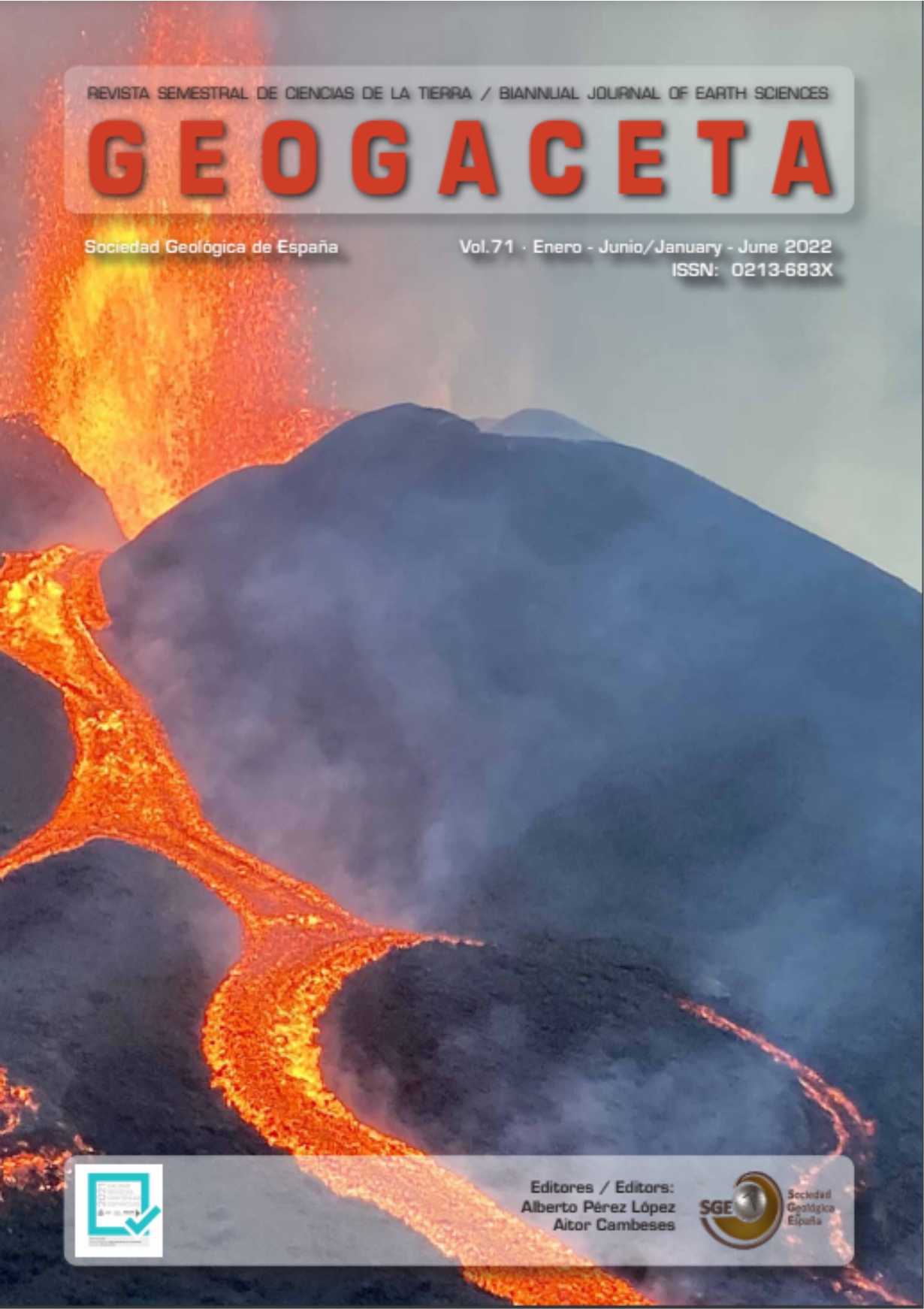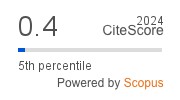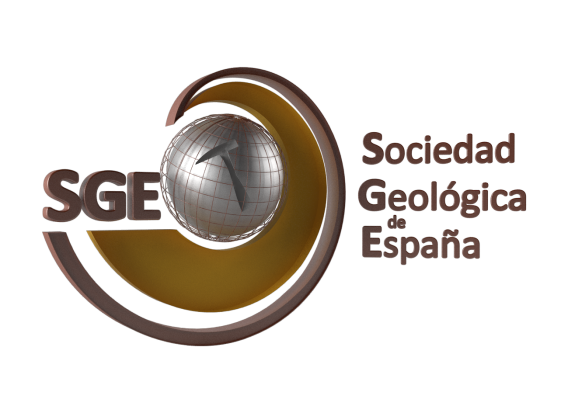The first illustrations of Spanish fossils: new remarks about the glossopetrae of Armstrong (1752) and Torrubia (1754)
DOI:
https://doi.org/10.55407/geogaceta99640Keywords:
Illustration, fossil, Armstrong, Torrubia, chondrichthyanAbstract
The glossopetrae cited and figured in The History of the Island of Minorca, by John Armstrong (1752) and in The Apparatus for Spanish Natural History, by José Torrubia (1754), pioneering works in Spanish paleontological illustration, are figured and analyzed. Both authors clearly attribute them to shark teeth. The taxonomic review identifies the presence of Carcharodon carcharias (Linnaeus) and C. hastalis (Agassiz) s.l. among the fossils of the Neogene of Menorca, and of indeterminate lamniforms of the Cretaceous in the work of Torrubia. The attribution of species cited in previous reviews, in the first case, is also rejected, and a probable Cretaceous origin of the material from the Iberian Cordillera is discussed, which includes a possible decapod cheliped between the teeth.
References
Adnet, S., Balbino, A.C., Antunes, M.T. y Marín-Ferres, J.M. (2010). Neues Jahrbuch für Geologie und Paläontologie, Abhandlungen 256 (1), 7-16. https://doi.org/10.1127/0077-7749/2009/0029
Armstrong, J. (1752). The History of the Island of Minorca. C. Davis, Londres, 260 p. Bauzá, J. y Mercadal, B. (1962). Revista de Menorca 2, 153-164.
Bauzá, J., Quintero, I. y de la Revilla, J. (1963). Notas y Comunicaciones del Instituto Geológico y Minero de España 70, 217-273.
Bourrouilh, R. (1983). Estratigrafía, sedimentología y tectónica de la isla de Menorca y del noreste de Mallorca (Baleares). IGME, Madrid, 672 p.
Cavanilles, A.J. (1797). Observaciones sobre la historia natural, geografía, agricultura, población y frutos del Reyno de Valencia [tomo II]. Imprenta Real, Madrid, 338 p.
Ellenberger, F. (1989). Historia de la Geología. Vol. 1. De la Antigüedad al siglo XVII. Editorial Labor, Madrid, 282 p.
Glikman, L.S. (1958). Doklady Akademii Nauk SSSR 123 (3), 568-571.
Goy, A. y Rodrigo, A. (1999). Tras las huellas de Torrubia (1698-1761) por el Señorío de Molina. En: Actas XV Jornadas de Paleontología (I. Rábano, Ed.). ITGE, Madrid, 655-682.
Mas, G. (2005). Bolletí de la Societat d'Història Natural de les Balears 48, 103-108.
Mendiola, C. (2001). Revista de la Societat Paleontológica d'Elx, 7, 1-9.
Mora Morote, P. (1996). Cidaris 5 (10), 98-124. https://doi.org/10.1016/S0268-9499(96)80513-3
Morello, N. (1979). La nascita della paleontologia nel Seicento: Colonna, Stenone e Scilla. Franco Angeli, Milán, 265 p.
Obrador, A. y Mercadal, B. (1973). Acta Geológica Hispánica 8 (4), 115-119.
Pelayo, F. y Sequeiros, L. (2005). Llull 28, 209-243.
Rábano, I. (2021). En: La huella humana en la Naturaleza. XXIV Bienal de la Real Sociedad Española de Historia Natural. Libro de resúmenes, 345-346.
Rábano, I. y Gutiérrez-Marco, J.C. (1999). La "Sinopsis" paleontológica de Lucas Mallada: fechas de publicación y otros aspectos editoriales. En: Actas XV Jornadas de Paleontología (I. Rábano, Ed.). ITGE, Madrid, 103-110.
Torrubia, J. (1754). Aparato para la Historia Natural española. Tomo primero. Imprenta de los Herederos de Don Agustín de Gordejuela y Sierra, Madrid, xxiv+234+34 p. http://hdl.handle.net/20.500.11938/78153
Vicens, D. y Gracia, F. (1999). Bolletí de la Societat d'Història Natural de les Balears 42, 167-170.
Downloads
Published
How to Cite
Issue
Section
License
Until the year 2023 the author assigned the copyright to the Sociedad Geológica de España, but from 2024 the author retains the copyright and grants the Sociedad Geológica de España the right of first publication and non-exclusive distribution of each article in all current or future media, while transferring, also non-exclusively, the commercial rights for the distribution of the printed version of Geogaceta. On the other hand, the articles, from the year 2023, are available simultaneously with their publication, under the Creative Commons CC BY-NC-SA 4.0 license, which allows copying, transforming the work, but if any transformation is distributed, the new work must be distributed under the same license, and never for commercial purposes, while acknowledging the authorship and original publication in GEOGACETA, so that the only role of copyright is to give authors control over the integrity of their works and the right to be properly acknowledged and cited.









